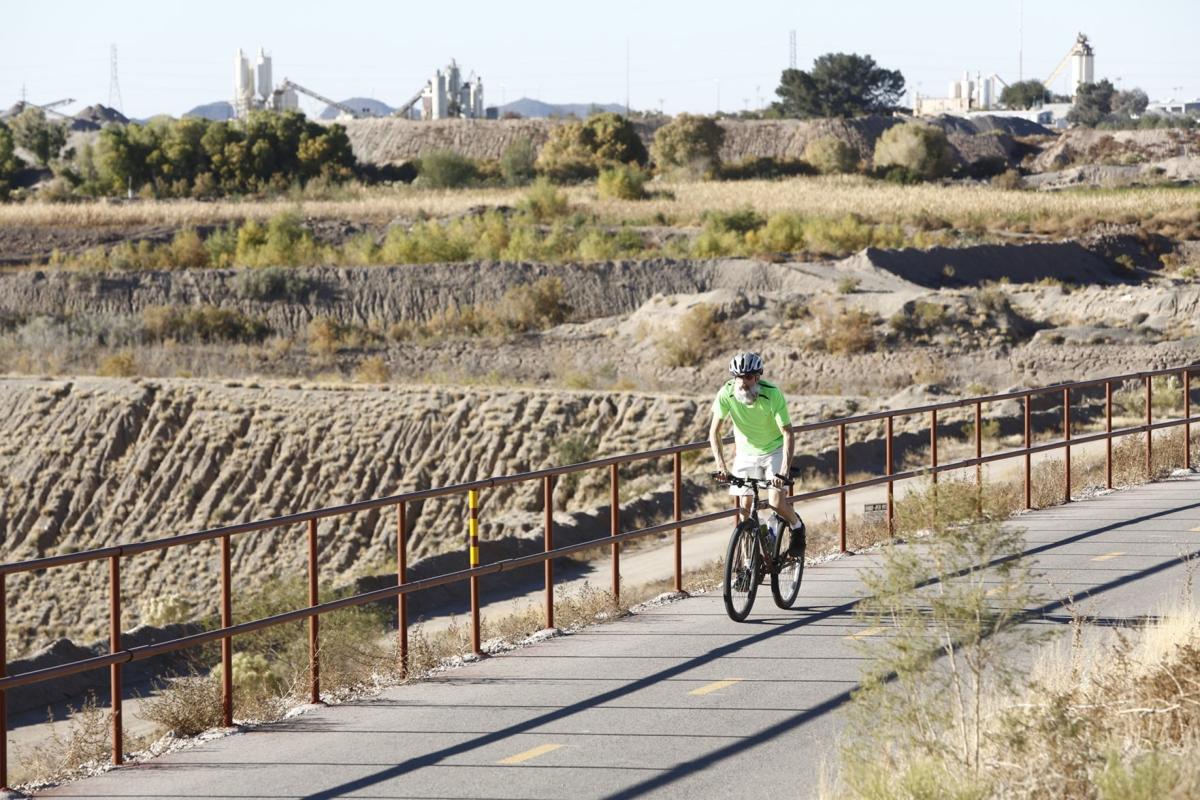A federal court on Monday rejected efforts by some companies, aided by state officials, to void air quality requirements imposed by the U.S. Environmental Protection Agency.
In an extensive ruling, the 9th U.S. Circuit Court of Appeals said Asarco and CalPortland Co. have no legal right to challenge the mandates because neither company had first registered its objections with the EPA. Judge Jay Bybee, writing for the panel, said that is contrary to what federal law requires.
But procedural questions aside, the judges also rebuffed various other challenges to both the kind of equipment companies would be required to install as well as limits on their emissions. They said there was more than enough evidence to support the EPA’s conclusion that these are necessary to protect visibility in national parks and forests.
Monday’s ruling drew criticism from the state Department of Environmental Quality, which had sided with the companies.
In a prepared statement, Timothy Franquist, director of the agency’s air quality division, acknowledged there are “ancillary air quality benefits” from the Regional Haze Program. And he said the intent of Congress in enacting these laws was “to improve visibility in our national parks and monuments.”
But Franquist said his agency is not convinced that what the EPA wants Arizona companies to do is worthwhile.
“The program only has resulted in unperceivable visibility improvements in Arizona, when improved visibility should be the focus of the program,” he said. And with a change of administration in Washington and new leadership at the EPA, Franquist said officials at his agency “hope this matter will be one of the many rules the new EPA administration revisits.”
There was no immediate response from Asarco, which is seeking to ease requirements for its Hayden smelter. Efforts to reach CalPortland, which operates a cement kiln at Rillito in Pima County, were unsuccessful.
At the heart of the legal battle is a 1970 federal law which declared it a “national goal” to improve air visibility in federal parks and forests.
That provision in the Clean Air Act requires each state with emissions that impact federal lands to create a plan showing how it intends to make reasonable progress toward the national visibility goal. That includes requirements for companies to use “best available retrofit technology” as well as for polluters to make “reasonable progress” toward reducing emissions.
But the law also says if the EPA finds the state plan wanting, it can implement its own plan.
That’s exactly what happened here.
Bybee said the state plan listed proposals to manage and reduce emissions from various industrial sources.
“The EPA determined that Arizona could do better in improving visibility,” he wrote. So the federal agency disapproved elements of the state plan and issued its own plan that “imposed enhanced emission-control measures.”
That led to the companies, with the assistance of the state DEQ, taking the federal agency to court.
Among the complaints by Asarco was the EPA saying it cannot emit more than 40 tons per year of nitrogen oxides from its smelter without installing new pollution-control equipment.
Attorneys for the company argued that was inappropriate, if for no reason other than its smelter currently produces less than that. Bybee said there’s a flaw in that.
“Nothing prevents them from exceeding that threshold in the future,” he wrote. And the judge said the EPA requirements “ensure that the smelters live up to their representations of keeping their nitrogen oxides emissions low.”
And Bybee said it makes no sense for Asarco to claim it cannot recover 99.8 percent of the sulfur dioxide emissions since that was the number the company gave the EPA of what it is it now recovering.
The appellate judges did consider claims by challengers that the difference in visibility from the requirements is so small as not to matter. That included the contention by CalPortland that its cement kiln, built before the 1970 federal law, should not be required to make reasonable progress in reducing its emissions.
But Bybee said the law on reasonable progress requires the EPA to consider four factors: cost of compliance, time necessary for compliance, energy and other non-air quality impacts, and the remaining useful life of the plant.
He said the EPA was not required to consider visibility, though it did take it into account, albeit not to the degree CalPortland wanted. And that, said Bybee, does not allow the company to seek federal court review.
“Although petitioners may not like that the EPA accorded some factors greater weight than others, it is simply not our place to substitute our judgment for that of the EPA,” he wrote.
Monday’s ruling also affects the Phoenix Cement Co., which is operated by the Salt River Pima-Maricopa Indian Community, which joined the lawsuit. It also affects Freeport-McMoran, which also has an Arizona smelter in the Globe-Miami area subject to EPA rules, though that company was not part of the lawsuit.





